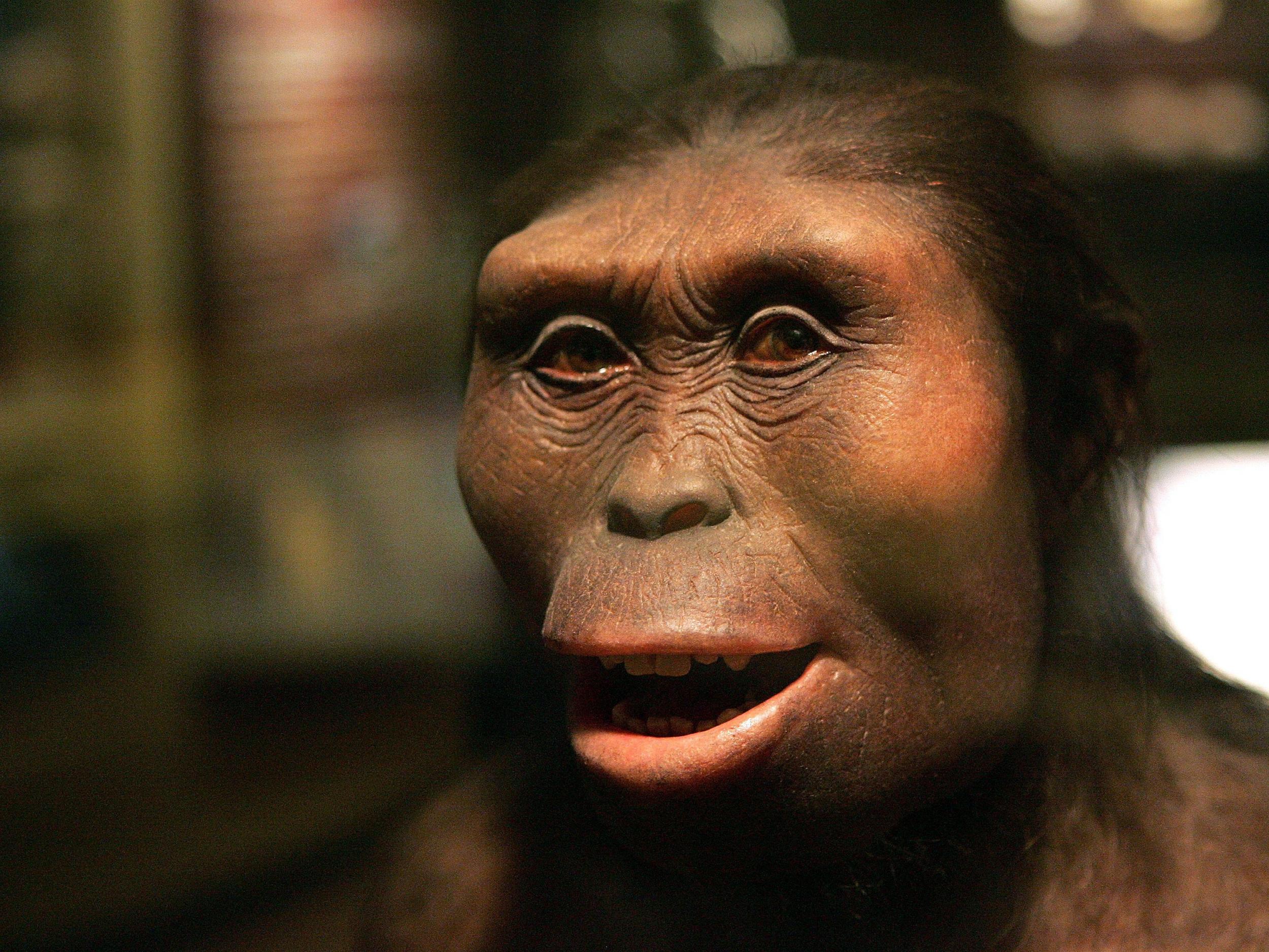Who is Lucy the Australopithecus, and how did she get her name?
The fossilised skeleton owes her name to repeated listening of The Beatles' 'Lucy In The Sky With Diamonds'

Your support helps us to tell the story
From reproductive rights to climate change to Big Tech, The Independent is on the ground when the story is developing. Whether it's investigating the financials of Elon Musk's pro-Trump PAC or producing our latest documentary, 'The A Word', which shines a light on the American women fighting for reproductive rights, we know how important it is to parse out the facts from the messaging.
At such a critical moment in US history, we need reporters on the ground. Your donation allows us to keep sending journalists to speak to both sides of the story.
The Independent is trusted by Americans across the entire political spectrum. And unlike many other quality news outlets, we choose not to lock Americans out of our reporting and analysis with paywalls. We believe quality journalism should be available to everyone, paid for by those who can afford it.
Your support makes all the difference.Lucy, a hairy and short skeleton that looks a little like a human, is being celebrated by today’s Google Doodle. But who is she and how does she get her name?
The skeleton was found 41 years ago today, in Ethopia.
She would go on to become one of the most important and celebrated archaeological finds in history. Lucy changed our understanding of the process of evolution that led to humans — but she also became a household name, going on to be publicly exhibited.
How did she get her name?
Lucy was found during a long dig in Ethopia, on the southern edge of the Afar Triangle. On 24 November, 1974, archaeologists in a team led by Yves Coppens, Maurice Taieb and Donald Johanson found
That night, they celebrated the discovery in what sounds like an irritating way: loudly and repeatedly playing a tape recording of The Beatles’ ‘Lucy In The Sky With Diamonds’. After that, they decided to give the skeleton the same name.
“We were listening to the Beatles tape,” Donald Johanson told Newsweek. “I was a huge Beatles fan, this was the heyday. I brought tapes with me to the field, we had a little tape recorder. That particular night, 'Lucy in the Sky with Diamonds' was playing and we had just started discovering fragments of the skeleton.”
Johanson has suggested that the catchy name helped make Lucy into the widely-celebrated find that she is today. “If she was called Geraldine, she might not have the popularity,” he said.
What is her Latin name?
Lucy is referred to as Australopithecus afarensis. She is by far the most famous and best-preserved fossil of that specific ape.
Her species is now completely extinct. Ultimately she is a hominid, a family that contains existing species like chimpanzees and humans.
What does the Latin name mean?
Australopithecus means “southern ape”. Afarensis means “from afar”, in contrast to other species like “africanus” which was found in South Africa.
How do you pronounce Australopithecus afarensis?
The “Aust” is as in Australia — the whole thing is pronounced “ost-ruh-loh-pith-uh-cus a-fur-en-sis”.
What other names does she have?
In Ethopia, where Lucy is displayed in the country’s National Museum in Addis Ababa, the skeleton is referred to as Dinknesh.
In the Amharic language, spoken in Ethopia, Dinknesh means “you are wonderful” or “you are amazing”.
Join our commenting forum
Join thought-provoking conversations, follow other Independent readers and see their replies
Comments